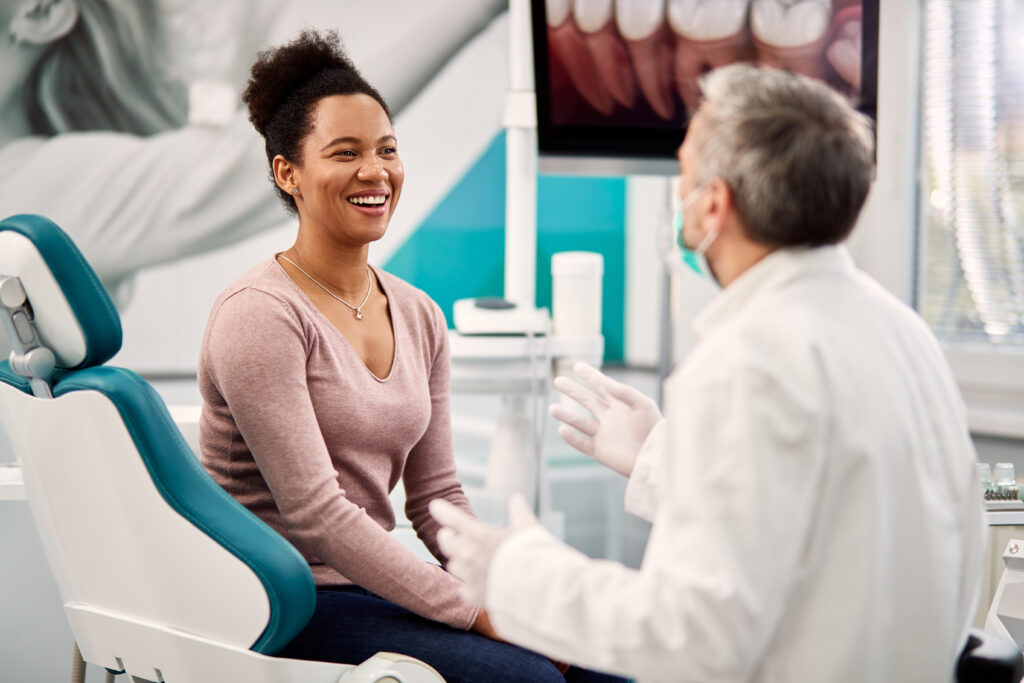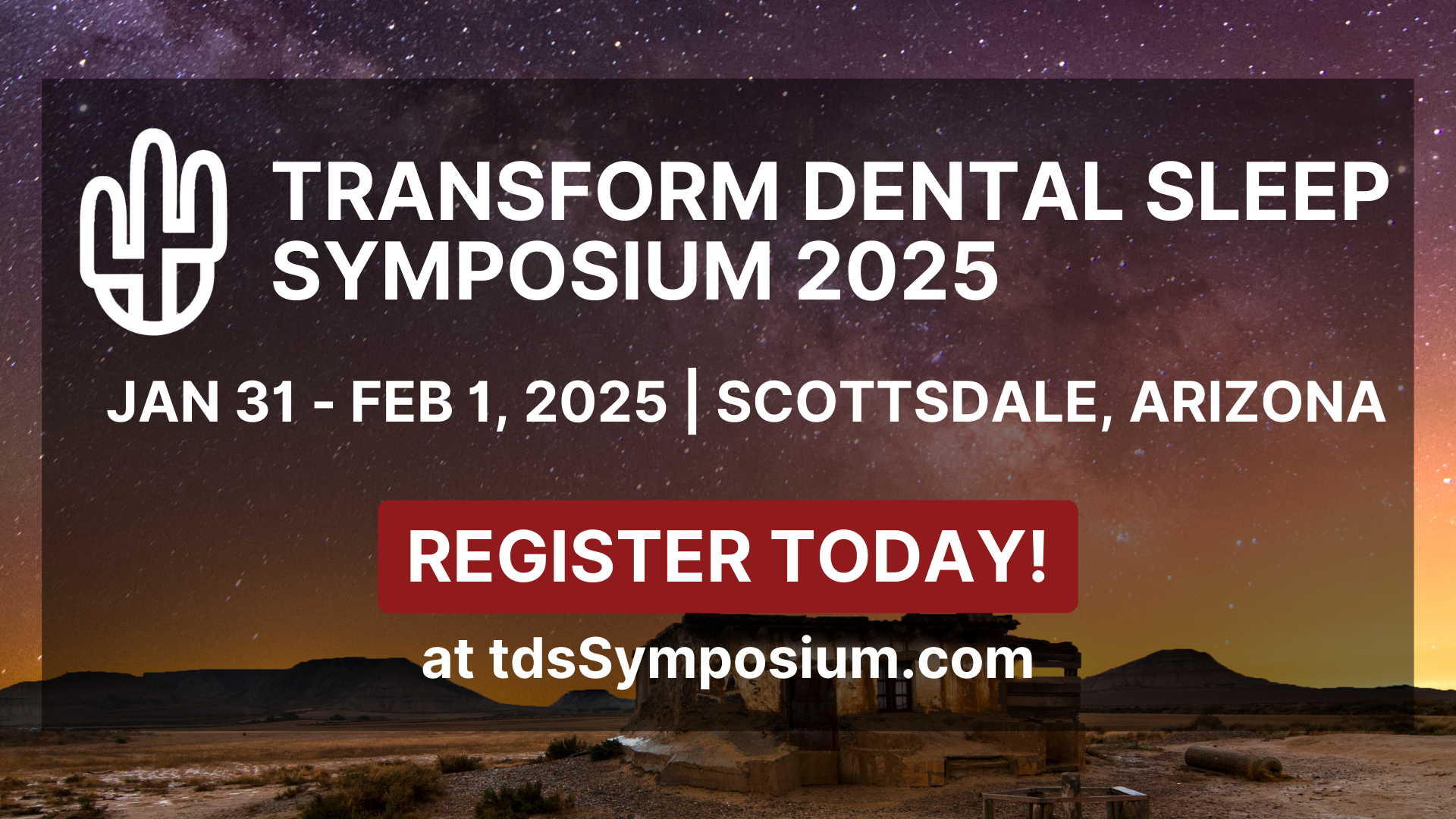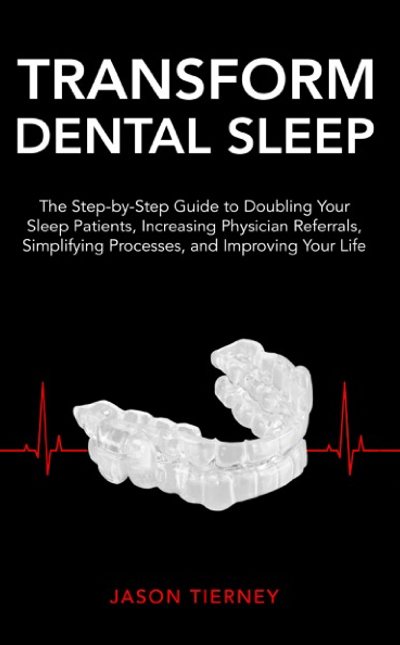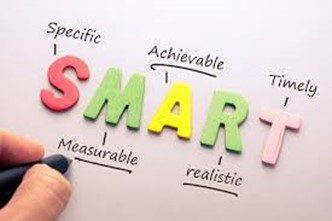
LIVIN’ THE DREAM
“Oh, you know, livin’ the dream.”
There’s 10 seconds you’ll never get back. Gone, lost to the ether. This exchange didn’t build rapport, nor did it lend any insight to why Karen is in your chair or what’s caused her to stop wearing her device.
Remix that question and everything changes. “Karen, what’s new or noteworthy since the last time we met?”
“Well, my daughter had my grandbaby. They finally had to induce her ten days after the due date. And, Doc, I was wearing that sleep appliance cuz it felt really tight on my front teeth. Plus, Sharon said I’m still snoring, so I just stopped wearing it.”
With that question, you were able to relate to Karen as a fellow grandparent, and you learned that her device needs relief in the anterior and some additional titration.
“What’s new or noteworthy in your week so far?”
I love that question because it’s open-ended and unlike “How’s your day going?”, it cannot be answered with a default one-word response. They have to think, even if only for a second, before they reply. You’re switching off their autopilot and bringing them into the moment.
What’s next? This is where the beauty lies, and we hit the JACKPOT. Let’s pose the same question to a couple other patients.
“What’s new or noteworthy in your week so far?”
Terence shares, “I dropped my son off at baseball camp for the summer and my wife is visiting her family for a few weeks, so I’m living the bachelor life.”
Christine responds, “I’m going to look for a new apartment because I want to get a second dog, and I need more space.”
YOU’RE MAKING HUMAN CONNECTIONS!
 Now you can joke with Terence about the bachelor life, ask about his son’s baseball aspirations, or what he plans to do with that downtime. This helps you further BUILD TRUST and provide priceless notes for the chart so you can reference it during Terence’s next visit.
Now you can joke with Terence about the bachelor life, ask about his son’s baseball aspirations, or what he plans to do with that downtime. This helps you further BUILD TRUST and provide priceless notes for the chart so you can reference it during Terence’s next visit.
The same goes for Christine. “What kind of dog do you have now? What breed are you considering? How will you figure out whether they’ll get along?”
Fortify human bonds. Your life will be enriched. Your patients will consider you to be worthy of their trust, and they’ll say “YES” to more treatment and be more likely to follow your instructions. This isn’t conjecture; it’s fact. People buy from others they feel a bond with.
REGISTER TODAY for the meeting hundreds of dental sleep professionals called “The BEST dental sleep event ever!”
Registration is now open for the Transform Dental Sleep Symposium to be held in Scottsdale, AZ January 31 – February 1, 2025. Don’t miss out on dozens of dynamic speakers presenting innovative information on practical topics designed to help your sleep practice grow.
Stay informed about Jason’s books, media, & adventures







